Some people claim to mistrust their senses, calling it all an illusion with Cartesian enthusiasm. You may have thought these people were a little crazy. Or you may have agreed on an intellectual level but on the whole you still trust your senses. There are many ways people make this claim, but I want to take a closer look at in through the lens of the sense and perceptual learning.
Our sensory organs are biologically adapted only to certain stimuli. This is the banal observation that tells us that we cannot see “reality” as it is. We cannot sense gamma rays, infrared, ultra-violet, or any of the other extraneous wavelengths of outside the visual spectrum. We cannot directly sense any of the chemicals we encounter, except only in the way that we can smell them. And of course, those subatomic particles don’t appear us as mostly empty space like physics tells us they are. This is not all that interesting, there is no real biological need for us to see these things, but even the things we can sense and perceive are processed and repackaged for our convenience.
In addition to the limitations of the sensory organs, we also have to learn tricks for making sense out of this limited view of the world. Otherwise, the world would be overwhelming and meaningless to look at. And in going from raw data to categories and interpretations of that data, there is always a loss of the “reality” in order to have a meaningful picture of the world. We see less of the “real” thing and more of the practical thing. But as we will see, this isn’t really where we lose the sense of reality. In our interpretations is where we gain it back. This interpretation is called perceptual learning.
Illusions and Reality
Not to be mistaken for other kinds of learning (of beliefs or behaviors), perceptual learning is when our experience and biology guide us to make inferences about the consistency of our senses in our practical relationships with the physical world. As our mind creates a coherent picture of the world, it suffers from glitches that we call illusions. Optical illusions can demonstrate for us that we are not seeing reality as a camera might but as a limited being who has learned several tricks for coping with limits of sensation.
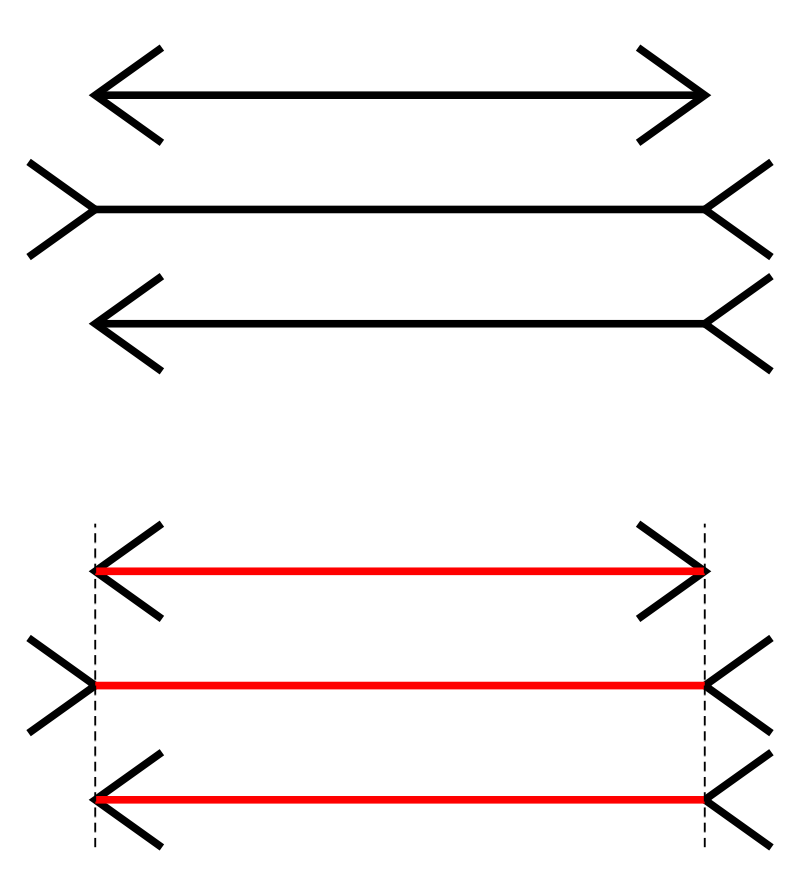
Most optical illusions are artificially created, often on a two-dimensional plane. This is why they turn up the glitches in our vision, our normal world is three dimensional, but when we look at another world, a two-dimension one for instance, we see the tricks our brain uses to navigate the three-dimensional world.
The above illusion is the Müller-Lyer illusion, where the two lines appear different but are, in fact, the same. This illusion works because it gives a false impression of a three-dimensional world on a two-dimensional plane. The illusion comes from the fact that when seeing these shapes in real life, the long lines tend to be different distances relative to the angled lines. When the visual patterns of the Müller-Lyer illusion are seen in a three-dimensional space, they are actually helpful in representing the world.
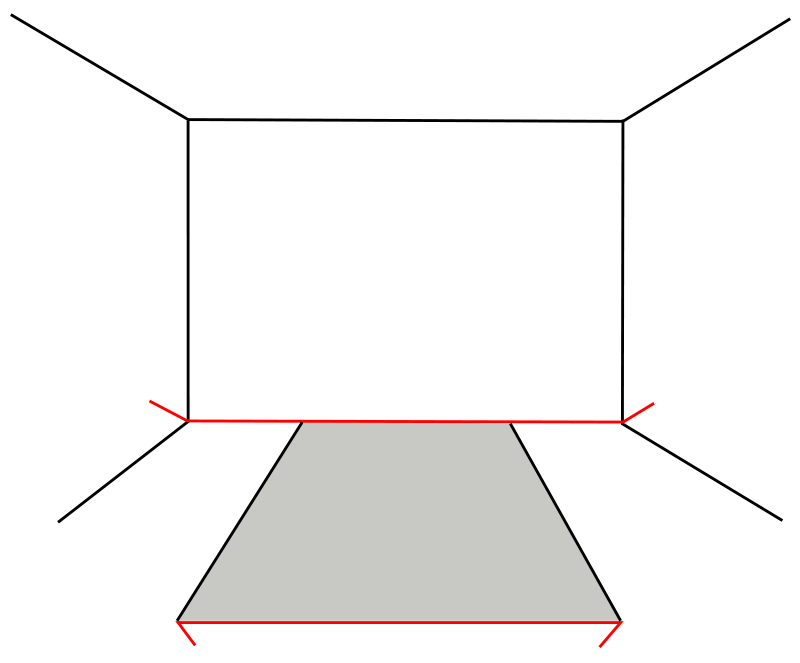
With the angles-out it appears like we are looking into a corner of the room, therefore the horizontal line is inferred to be further away than the angled lines, thus we interpret it to be longer than it appears. With the angles-in line the horizontal line is inferred to be closer to the viewer than the angled lines. Thus, the horizontal line is interpreted as being smaller than it appears. These interpretations are involuntary and normally help us navigate our world.
“Perceptual learning involves relatively long-lasting changes to an organism’s perceptual system that improve its ability to respond to its environment and are caused by this environment.”
Robert Goldstone
We also know very well that our perception is influenced by emotion, but for this article I will discuss the most automatic level of perceptual learning, the learning that comes from having a shared world and mostly the same sensory hardware. We shall look at a few examples from several sensory systems to see how we are limited in our detection of stimulus (and therefore cannot see very much of reality), but we get much closer to reality by the interpretation of perceptual learning, ironically the same mechanism that causes illusion.
Vision
Vision may be our strongest sense, and for that reason it is most well-studied and will be the main sense on this article. How we get from the minute detection of differences in electromagnetic wavelength to the coherent picture we have of our world today is an extraordinary feat.
One of the shocking things about vision is that we see a three-dimensional world with two eyes which detect only take in two-dimensional data. This is a moment of bottlenecking data, where we take in less information than we would prefer, but then we must use tricks of the mind to make up for that loss of data. This is a common theme with all the senses.
For depth-perception, seeing the three-dimensional world from a flat plane of information, we have several tricks. There are clues in the two-dimensional screen that show us implications of distance. If you’ve ever painted a three-dimensional picture, you probably used these tricks, like one-point perspective, and putting things closer to the horizon of the picture if they are further away, and making them smaller and occluded. We notice these tricks when a painting fails at creating the three-dimensional illusion.

In addition to the inferences made on the flat picture, we also make inferences based on how we interact with the sight of something. Our eyes cross when we see look at things close up, and uncross when we look into the distance. We automatically sense these motor changes and they adjust our perception of the depth of the world without our knowing so.
Another instance where our motor movements send information back to the perceptual system is in how we perceive the world as stable. Whether we know it or not, our eyes shift all the time in quick saccades, but we never think that it is really to world that is moving. This is because the motor center, that tells the eyes to move, also relays that information to the perceptual centers, so that it knows that the eyes are moving and not the world. This trick of the brain has been exemplified in a one-time experiment where the participant was temporarily paralyzed in such a way that the information from the motor eye movements was not detected from in the perceptual system. The participant experienced the world jumping around as his eyes moved.
It is surprising to learn all of the information that is involved in perception and creating an accurate picture of the world. The limits of the sense organs are made up for by the cleverness of the brain. We can call these tricks illusions, but they also get us closer to seeing something more representative of the world. There are many, many more examples in vision of this that scientists have discovered, and surely there are several examples yet to be discovered.
William James gives us an example from the perception of color which we haven’t even touched on:
“The grass out of the window now looks to me of the same green in the sun as in the shade, and yet a painter would have to paint one part of it dark brown, and another part bright yellow, to give its real sensational effect.”
William James
Hearing
Hearing is a great example of creating something insanely complex out of such a small amount of information. Sound is only the incoming wavelengths of air pressure vibrating a membrane (the ear drum) in two ears. Two shaking membranes is basically all the raw information we get to talk to our friends, to listen to music, to hear our name vividly across a noisy room. It is apparently no more than a small and quick Morse code.
But the ear has an incredible way of interpreting this singular information. First, it separates out the wavelengths. The cochlea is like a sorter with an extraordinarily precise ability. It will separate the high frequency wavelengths from the low to get more information out of the single pattern of vibration. The brain uses these differences to make judgments about the world which turn, by perceptual learning into the sounds and words that we now easily recognize.
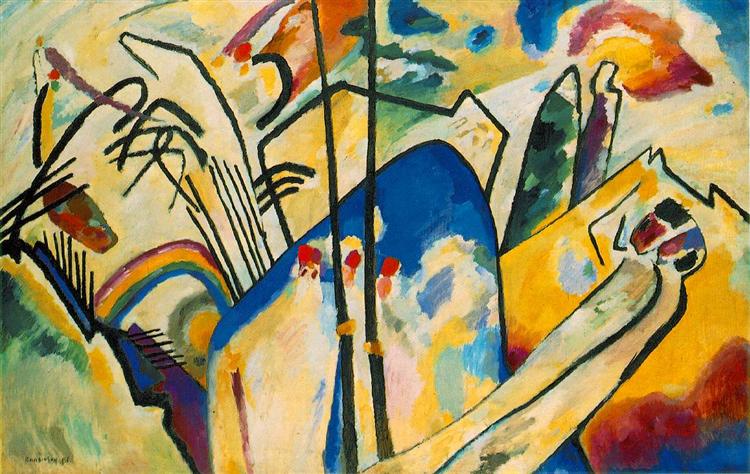
We can also somehow sense what direction sound comes from. This is not because we can aim our ears like we can aim our eyes. It is because we parse out the direction by the timing and loudness of sound that hits one ear compared to the other. If the same pattern is louder and comes in one ear slightly before the other, it is likely that the sound came from the direction of the ear that sensed it first. These are tiny differences our brain has to pick up, and it doesn’t even sound like that is the way we do it, instead we experience the “illusion” that the sound comes from a certain direction.
However, this trick would not tell us the difference between hearing things from the front, above or behind you because the sounds for each of these positions will hit the ears all at the same time. The brain does something even more incredible to make up for this. If you’ve ever wondered what the purpose of those strange fleshy things on the sides of our head we call (outer) ears, psychologists are slowly discovering their purpose. These are called pinnae. When sound comes in from above, behind, under, or in front of you—relative to head position—they filter the sound in a slightly different way. The brain picks up this slight change and tells us the direction from which the sound came from.
Touch and Proprioception
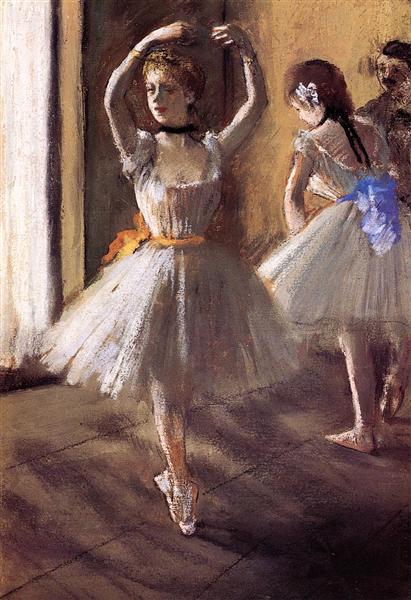
With the sense of touch, there are several sensors in the skin which all get activated from different kinds of physical stimulation. For instance, there are some that sense vibration and some that sense pressure and some that sense temperature. Like all the other sense, this information is combined often with our movement and vision to give us a singular idea of what we are touching. We do not experience the feeling of a massage as all these separate qualities, but just the feeling of being massaged.
Proprioception is the perception of how our body is positioned. It senses receptors in the muscles that tell us which ones are stretching and which ones aren’t. This also is synergetic with vision. Our head orientation is vital in making sense of the visual world and the sense of that orientation comes from proprioception (and the vestibular system). The same is true for hearing; the lesson being, that our senses are so basically interdependent on each other to get to how they paint the picture of reality for us today.
Taste and Smell

Another pair of senses that demonstrate how we build perceptions out of multiple modes of sensation is taste and smell. This example is quite well-known especially in the world of picky eaters. We’ve all heard that smell is really what determines the taste of food, but doesn’t it seem so much like the taste is happening in your mouth?
Yes, there are six known taste receptors on the tongue but they do the simplest of discriminations like saltiness and sweetness. The nose does everything else. The smells of the food travel up through the back of the throat while they are in our mouth. And we get the sense that they are being tasted in the mouth when it is the receptors in the nose that are being activated.
Translation of Illusion
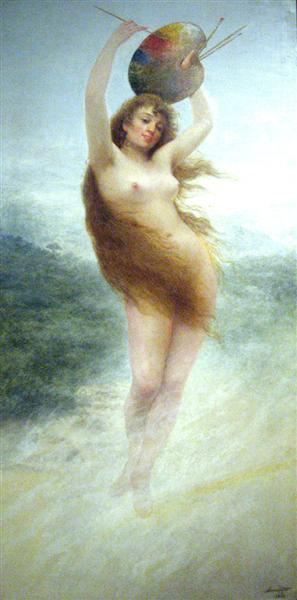
Part of our brain works in modules. Modularity of the mind means that there are some parts of the brain that have learned a reliable way of grouping information and sends in on its way as it interprets it for us without causing us any conscious effort. Whatever is experienced is grouped together with the other senses in an honest search for reality.
This implies that we still need the experience. An often-cited experiment that reared cats in a strict environment without any horizontal lines showed us even our simplest perceptions require some experience. When the cats were released from this experimental environment, they were blind to horizontal lines. The Robert Goldston quote at the outset of this article added on that our perceptions are also “are caused by this environment.” He knew that the information that we physically take in plays a role in the development of the perceptual system.
Even so, we are constantly making guesses, automatically, at what is the most likely cause of our sensations. The study of the senses really tells us how much we must really make due with limited incoming information.
“During evolution—and partly during childhood as a result of learning—these stable properties become incorporated into the visual areas of the brain as certain “assumptions” or hidden knowledge about the world that can be used to eliminate ambiguity in perception.”
V.S. Ramachandran in Phantoms in the Brain
It’s like the combination of our senses works toward the most accurate perception of the world. They at least put the information into experience in a way that makes it seem like it is reality. There is nothing about sound directionality that translates directly to reality; it is really the sensation of timing of air pressure changes, but our experience is of a reality. What we experience by perceptual learning seems to be our brains way of getting the closest picture of a practical reality for us to work in.
But with biology there comes needs and motivations. So as soon as we decide that we, for all intents and purposes, have an accurate-enough perception of reality, we start to find the influences of emotion on our perceptions in a way that we can also call illusory.



